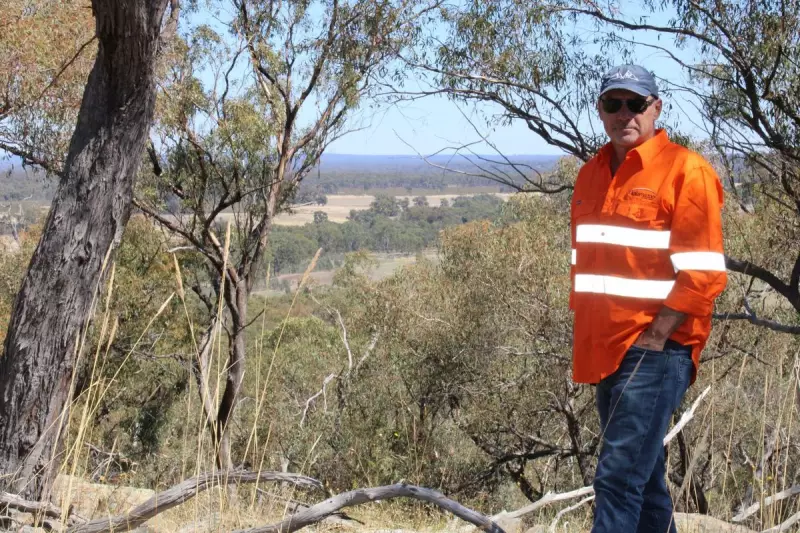
Australian gold explorer Kalamazoo Resources has significantly boosted the growth prospects at its Ashburton gold project in Western Australia's Pilbara region, unveiling substantial underground potential and expanding its exploration pipeline across a strategic seven-kilometre structural corridor.
Underground Resource Expansion
The company's recent re-optimisation of the Mt Olympus underground resource has delivered impressive results, increasing the inventory to 1.44 million tonnes at 3.76 grams per tonne gold for 174,500 ounces. This enhancement comes alongside a newly defined underground exploration target beneath the proposed pit shell that ranges between 350,000 and 500,000 ounces at 2.0–3.8 g/t gold, incorporating the existing underground resource.
Management highlighted that the higher-grade pockets already identified in the underground model, averaging approximately 4 g/t gold, present a clear opportunity to upgrade the remaining inferred ounces into the indicated category at significantly better grades. This development represents a major step forward in understanding the project's full potential.
Regional Exploration Targets
Kalamazoo is casting a wider net across its Ashburton tenure, pointing to substantial brownfields potential at the Peake, Zeus and Waugh deposits. These prospects collectively already host more than 360,000 ounces of gold and sit along the broader Mt Olympus structural corridor.
Historical drilling at these sites has returned numerous encouraging intercepts, including 6 metres at 2.84 g/t gold at West Olympus and 9 metres at 5.52 g/t at Waugh. The company has further strengthened its position by acquiring the 142-square-kilometre Xanadu project along strike to the south, where earlier exploration recorded multiple shallow hits such as 20 metres at 2.25 g/t gold and 11 metres at 5.32 g/t.
Strong Economic Fundamentals
The renewed focus on underground and regional targets follows closely after Kalamazoo's scoping study confirmed that Mt Olympus could produce 524,000 ounces over a 73-month mine life at an all-in sustaining cost as low as $2,183 per ounce.
The base case gold assumption for the scoping study used a conservative A$4500 per ounce, generating a pre-tax free cashflow of $747 million over the mine life, with an NPV of $423 million and an IRR of 47%. However, using current gold prices around $6000 per ounce, the numbers become even more compelling, with pre-tax free cashflow surging to $1.4 billion, an IRR of 74%, and a substantial NPV of $842 million.
Kalamazoo Executive Chairman Luke Reinehr stated that the company has identified multiple exploration targets that support this high-conviction growth plan. The company's immediate focus now shifts to drilling the down-dip extents of the Zoe Fault and the coarse sedimentary host units that drive much of the Mt Olympus mineralisation.
There's a growing sense that Ashburton is only beginning to reveal its true potential, with the scoping study representing just the starting point. If the upcoming drilling campaign confirms the underground potential and the corridor targets begin to materialise, the numbers presented in the initial study may prove to be conservative. For now, attention remains firmly on the drilling rigs as they work through the Mt Olympus Corridor, potentially converting that underground target into minable resources.





